When Peter Paul Rubens (1577–1640) was admitted as a master to the Guild of Saint Luke in Antwerp in 1598, that part of Europe was extremely turbulent. To the north, the Protestant Netherlands had revolted and gained independence, leaving the lands of Flanders in Catholic hands and ruled from Spain. Waves of destructive riots had swept through what had previously been some of the richest cities in Europe. Paintings by Hieronymous Bosch had been destroyed by the mob, and they even came close to depriving the world of the van Eycks’ masterpiece The Adoration of the Mystic Lamb.
The city of Antwerp had suffered badly. In 1576, it had been sacked by the mutinous Spanish army, then in 1585 it was put under a terrible siege before being retaken by the Spanish. Everyone who could leave the city had done so, apart from a core of intellectuals and artists who kept its culture alive. Among them were Rubens’ masters Adam van Noort and Otto van Veen.
In a curious coincidence, the year that Rubens was recognised as a master in his own right, King Philip II died, and released Flanders to the joint rule of his favourite daughter, the Infanta Isabella, and her new husband, Philip’s nephew, Archduke Albert. Nominally, they also ruled Holland to the north, but in practice remained at war with it until 1609.

It’s thought that Rubens’ first version of The Battle of the Amazons involved Jan Brueghel the Elder in the painting of the landscape, and could date from as early as 1598. For such a young master, it’s a hugely ambitious work.
Rubens’ last master, Otto van Veen, was court painter to the new rulers of Flanders, and it’s likely that Rubens was introduced to their court before 1600, when the young artist was hired by Duke Vincenzo I Gonzaga to serve in his court in Mantua, in the middle of Northern Italy. The Gonzaga dynasty were prolific patrons of the arts, and their court must have been an ideal place for a young painter with Rubens’ talent. Monteverdi, the leading composer in Europe at the time, was court musician between 1591-1613, for example. Significantly, the Gonzagas had been major patrons of Mantegna and Giulio Romano, who trained under Raphael.
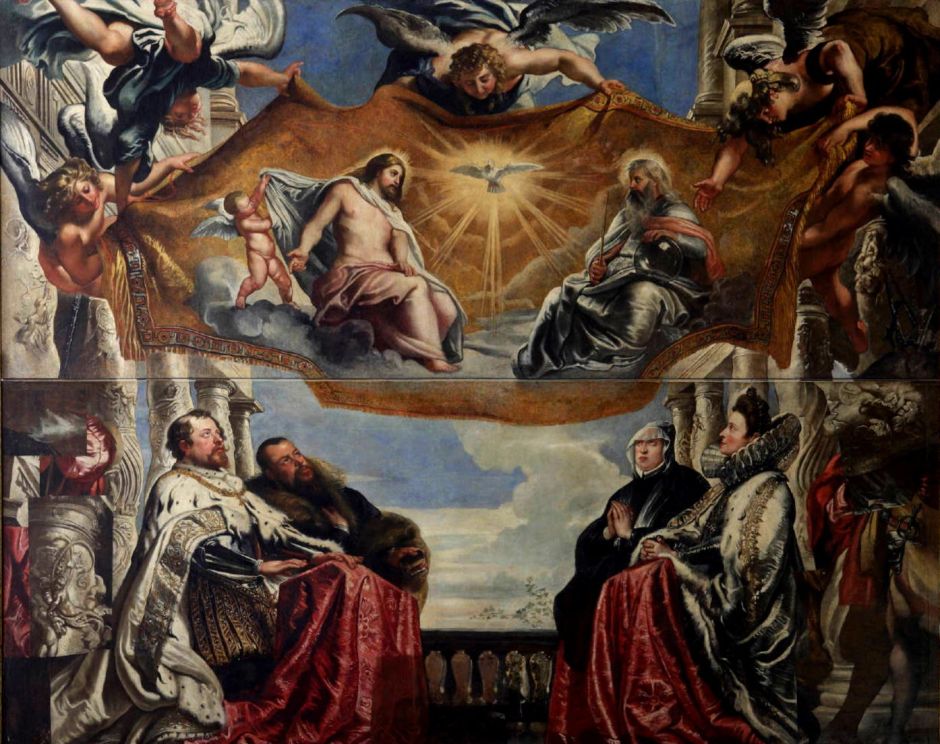
Rubens’ group portrait of The Gonzaga Family Worshipping the Holy Trinity (1604-05) shows Vincenzo Gonzaga, Eleanor de’ Medici, Guglielmo Gonzaga, Archduchess Eleanor of Austria, and the artist himself.
For Rubens, this was a passport to much of the finest painting outside the Low Countries. On his way to join the court, he visited Venice to see works by Titian, Veronese and Tintoretto. The following year, he was funded to visit Florence then Rome, where he made copies of masters, including works by Michelangelo, Raphael and Leonardo da Vinci. At that time, Caravaggio was the most controversial figure in Roman painting, and Rubens was particularly impressed by his work, advising the Duke of Mantua to buy Caravaggio’s Death of the Virgin.
The Duke was clearly impressed by Rubens’ intellect, and in 1603 he was sent on a sensitive diplomatic mission to Spain, to the court of King Philip III. While in Madrid, the artist took the opportunity to study the collections of paintings by Raphael and Titian, and to paint a portrait or two.

Rubens started The Fall of Phaeton in about 1604, and he seems to have reworked this over the following three or four years.
Late in 1608, Rubens heard that his mother was ill, and returned (sadly too late) to Antwerp. He then had a tough choice: he was invited back to the court at Mantua, or to the court of Archduke Albert and Isabella in Brussels. The decisive factor was another happy coincidence: in April 1609, the Treaty of Antwerp was signed, bringing twelve years of truce in the war between Spain and the Netherlands.
In September 1609, Rubens was appointed court painter to the Archduke and his co-ruler Isabella. He was allowed to remain in Antwerp, and to retain the independence to paint for others. The following month, Rubens married Isabella Brant.
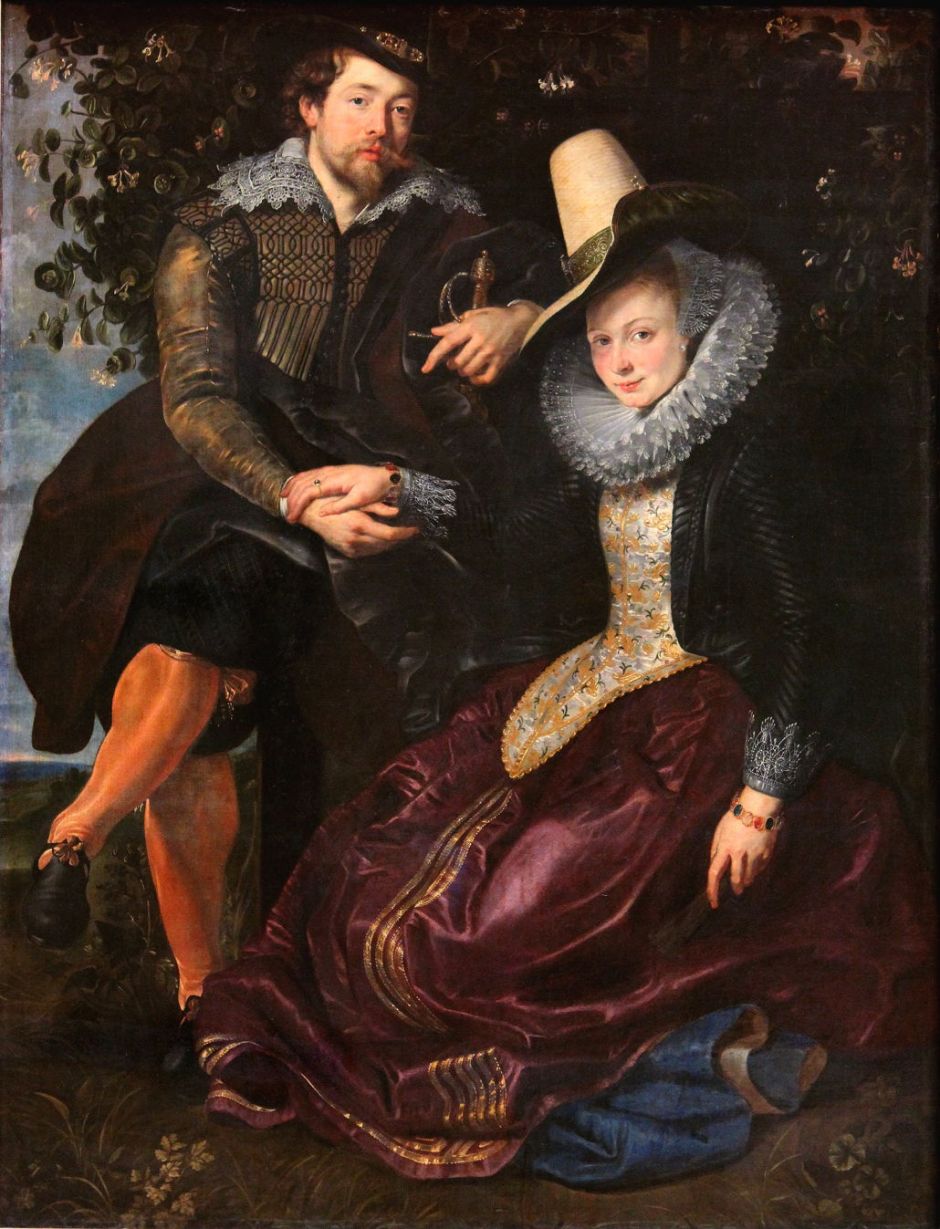
His Honeysuckle Bower, or to give it its more prosaic title The Artist and His Wife, is a touching celebration of that event which he painted between 1609-10, and broke new ground in portrait painting. Honeysuckle was a well known symbol for faithfulness, and hands laid over one another (“dextrarum iunctio”) have symbolized matrimony since ancient times.
Fortune shone on Rubens throughout his career. One of his early pupils was Anthony van Dyck, who soon became Europe’s leading portraitist. Rubens enjoyed productive collaborations with friends like Jan Brueghel the landscape specialist, and with the animal painter Frans Snyders. Most importantly, in a country then dominated by the Counter-Reformation and strict rules of the Jesuits, he learned how to game the system. His many paintings of classical mythology were given a licence for the irreligious and nudity which other works simply couldn’t approach.

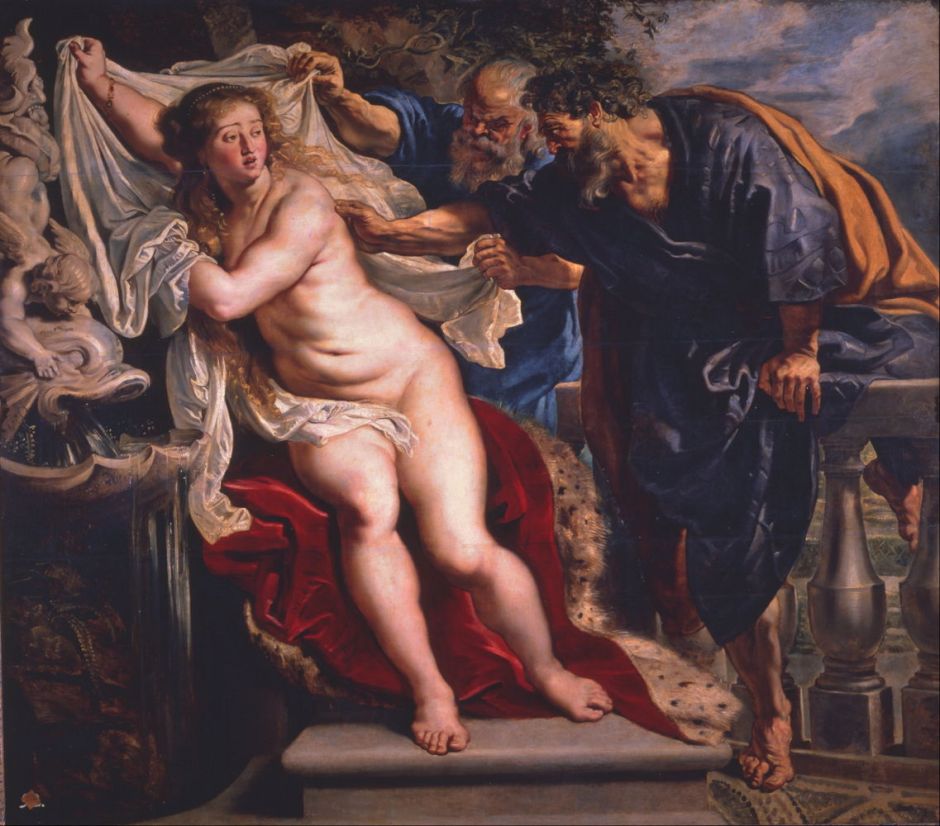
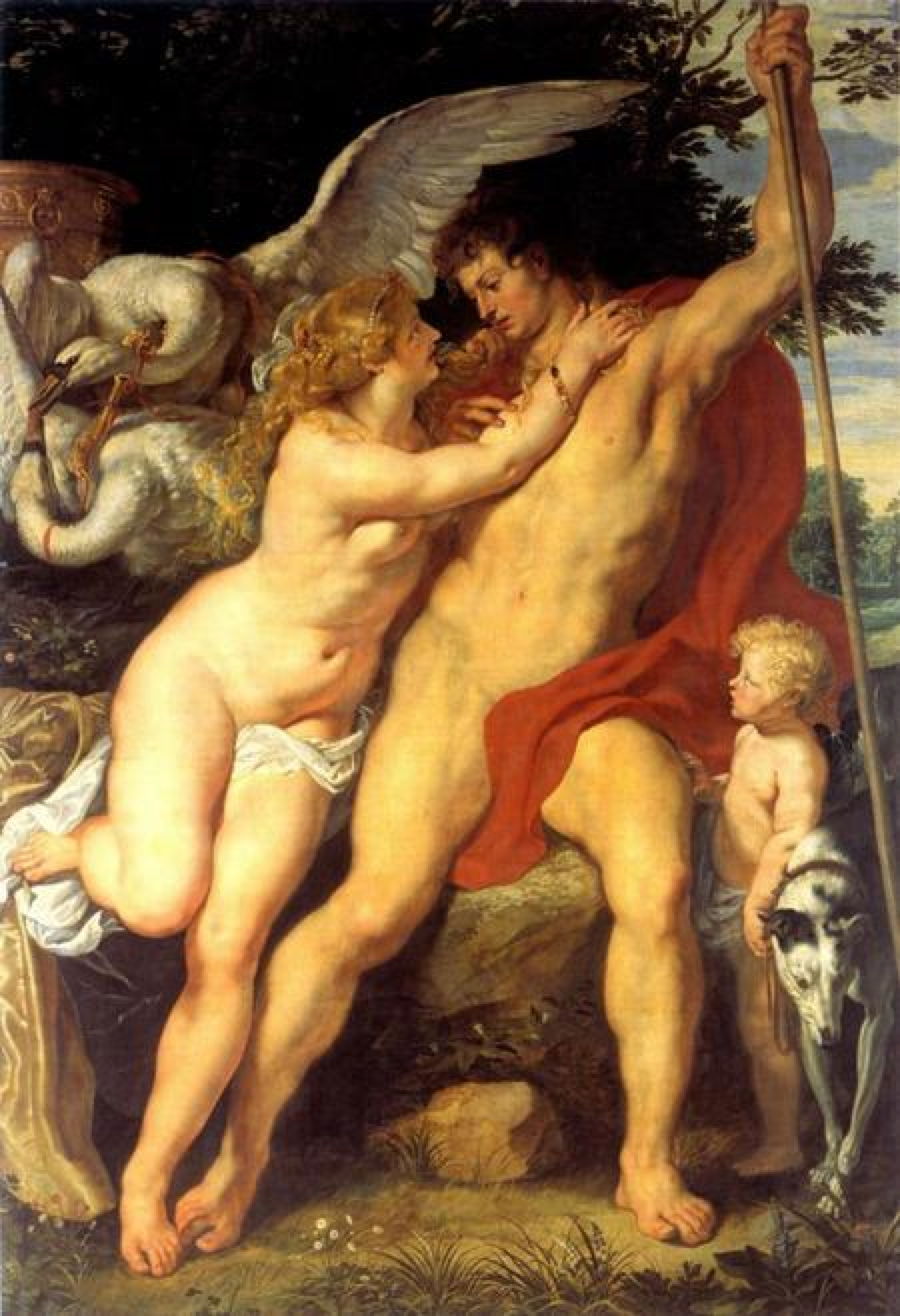
A wealthy merchant and churchwarden of the Church of Saint Walburga in Antwerp arranged for Rubens to be commissioned by that church to make a large triptych for it.

The result is The Raising of the Cross (c 1610-11), which shows the influence of the paintings which Rubens had seen when court painter in Mantua, particularly those of Caravaggio.
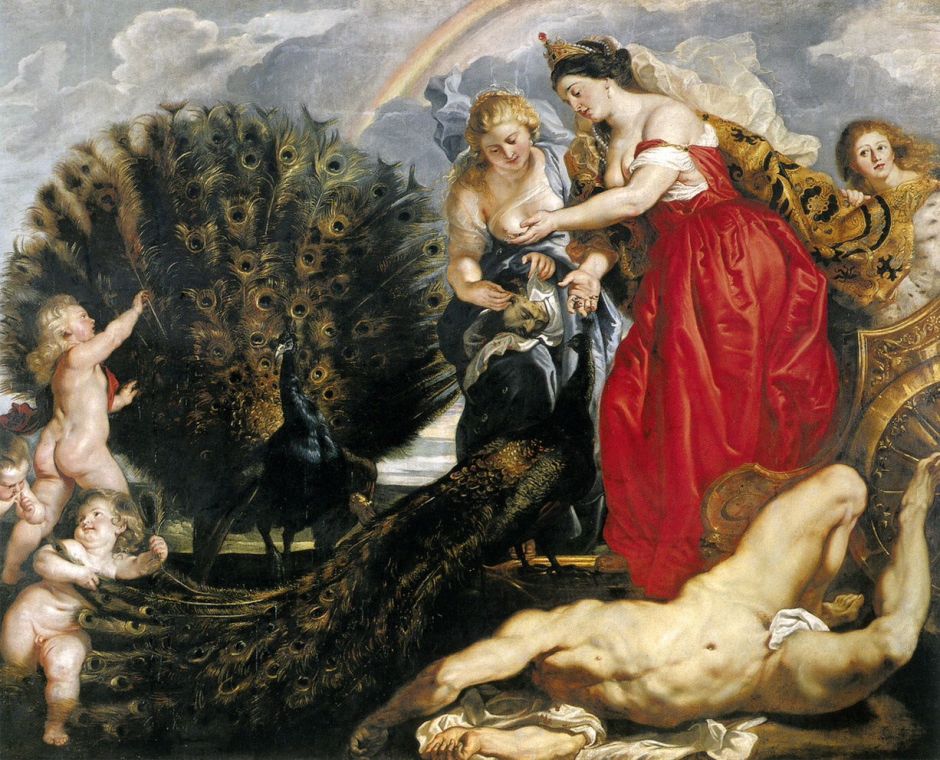
As Rubens and his workshop were completing The Raising of the Cross, the Confraternity of the Arquebusiers of Antwerp commissioned another triptych, this time for the Cathedral of Our Lady in Antwerp.
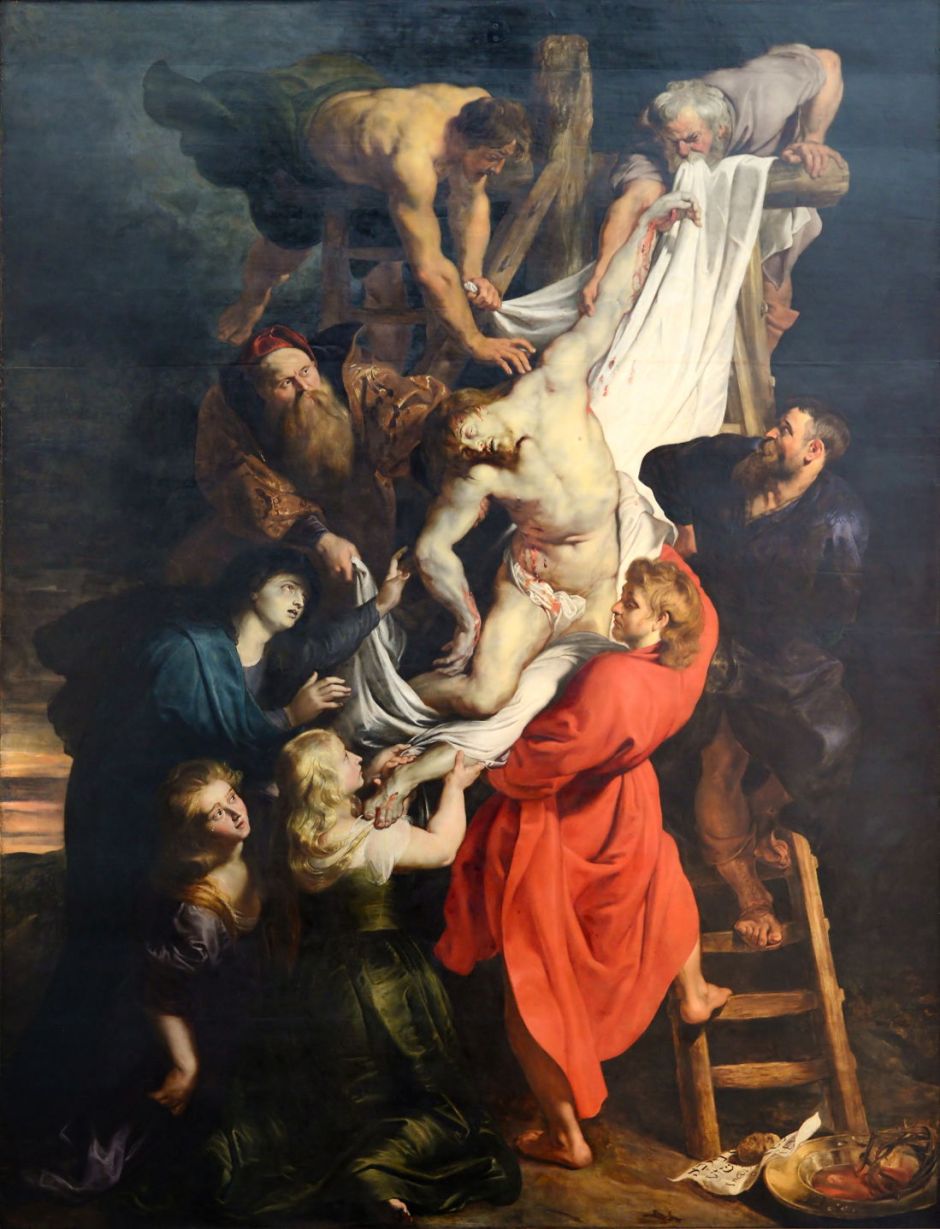
Its centre panel, Descent from the Cross (1612-14) remains one of Rubens’ greatest religious paintings.
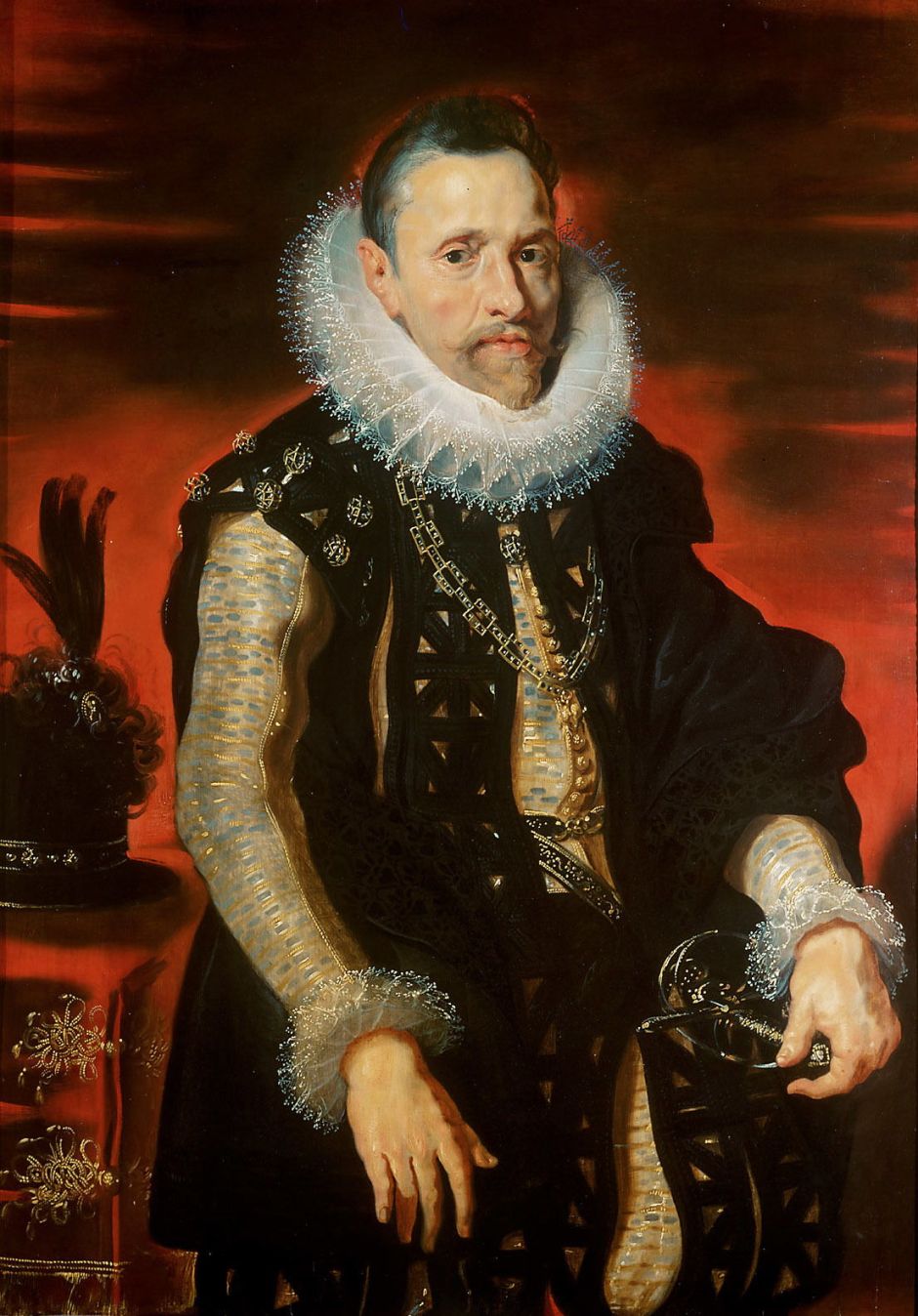
Above is Rubens’ Portrait of Albert VII, Archduke of Austria from about 1618, and below is The Infanta Isabella Clara Eugenia from about 1615. Although their taste in painting was almost exclusively for conservative religious works, their patronage of Rubens was a decisive factor in his achievements.
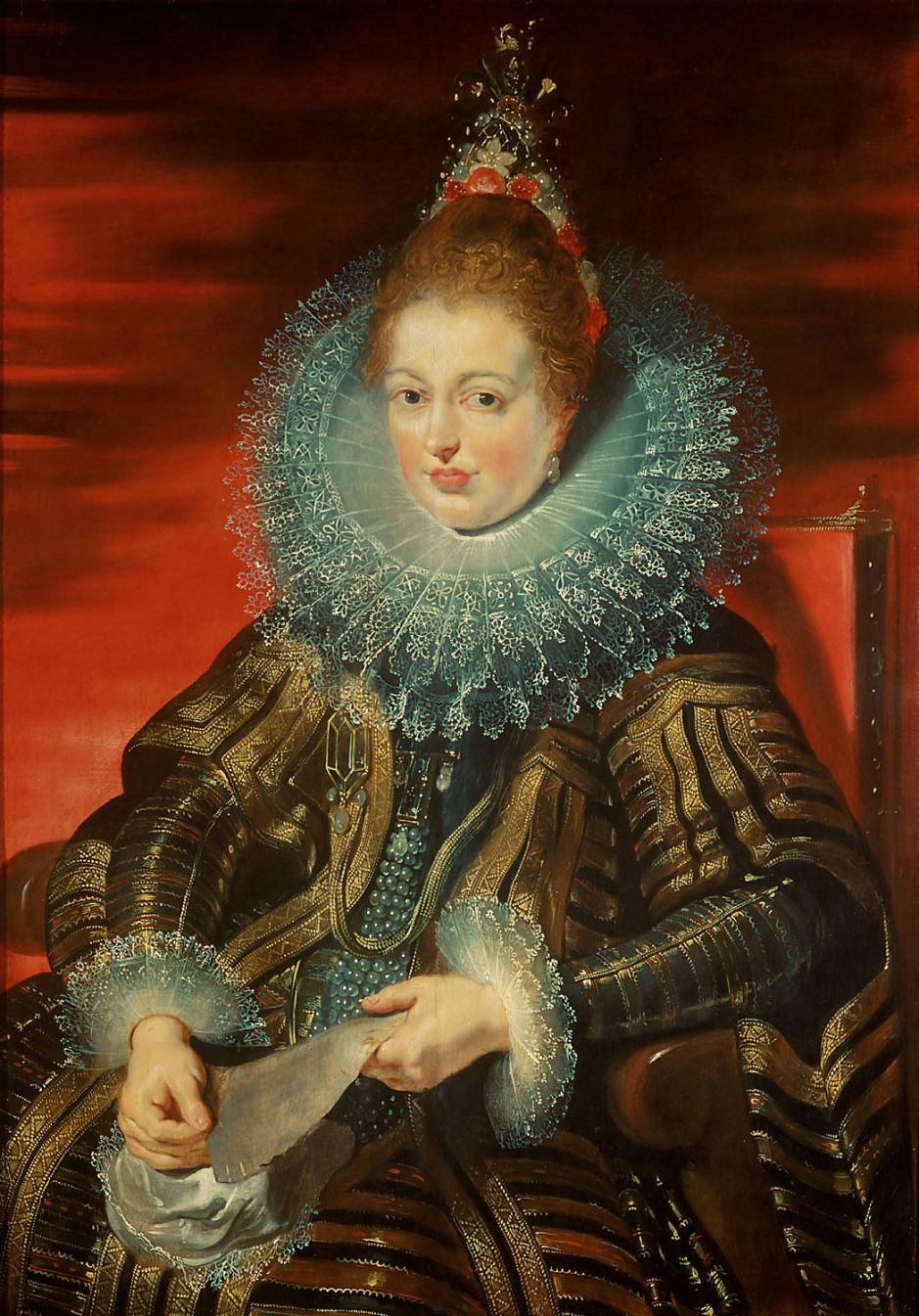
Rubens’ diplomatic missions became vital when the twelve years of truce were allowed to lapse, and the Archduke died in 1621. His widow called on the artist to undertake secret missions in the Netherlands and Germany, and he later went to Spain and England in pursuit of peace in Europe. He was eventually successful in bringing peace to those two nations.
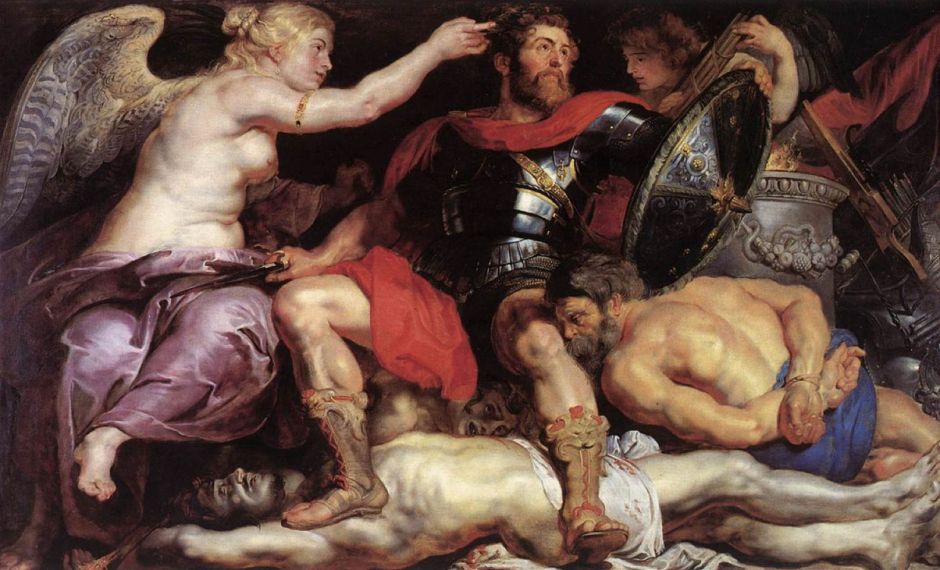
In The Triumph of Victory from about 1614, the god of war Mars is dominant, his bloody sword resting on the thigh of Victoria, the personification of victory. She reaches over to place a wreath (either of oak or laurel) on Mars, and holds a staff in her left hand. At the right, Mars is being passed the bundle of crossbow bolts that make up the attribute of Concord.
Under the feet of Mars are the bodies of Rebellion, in the foreground, who still holds his torch, and Discord, on whose cheek a snake is crawling. The bound figure resting against the left knee of Mars is Barbarism.
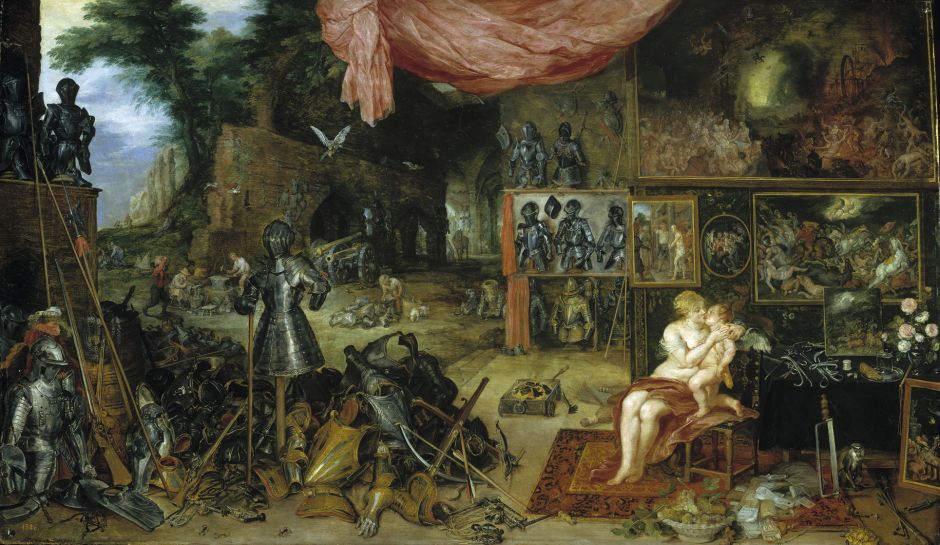
Touch is one of the five magnificent allegories of the senses painted by Rubens with Jan Brueghel the Elder in 1617-18. Although there are no records of the commissioning of this series, it’s generally thought that they were painted for Archduke Albert and Isabella.
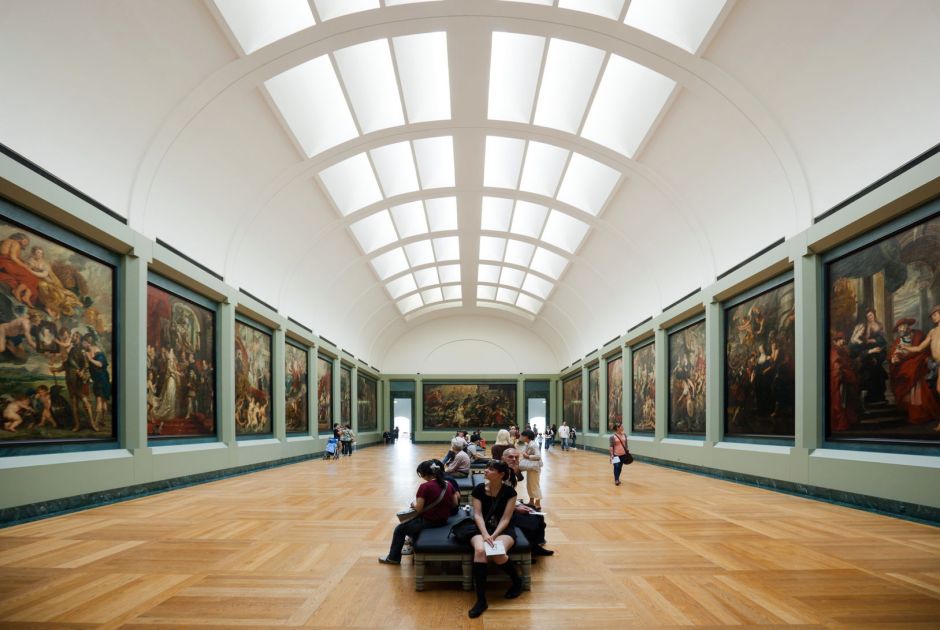
In 1621, Rubens was awarded what must be one of the largest commissions of any painter, telling the story of Marie de’ Medici. This panegyric celebrates her achievements first as the wife of King Henry IV of France, following her marriage in 1600, then as the Regent of France following Henry’s assassination in 1610. These paintings were to adorn her Luxembourg Palace in Paris for the wedding of Marie’s daughter, Henrietta Maria, to King Charles I of England in 1625.
As an artist, diplomat and statesman, Rubens was heavily dependent on his patrons, whether the Duke of Mantua or the Archduke Albert and the Infanta Isabella, as they were on him. Instead of constraining him to a dreary succession of portraits, though, they enabled him to develop to the full, as one of the last truly Renaissance men.
References
Hugh Trevor-Roper (1976) Princes and Artists, Patronage and Ideology at Four Habsburg Courts 1517-1633, Harper & Row. ISBN 006 014362 1.

